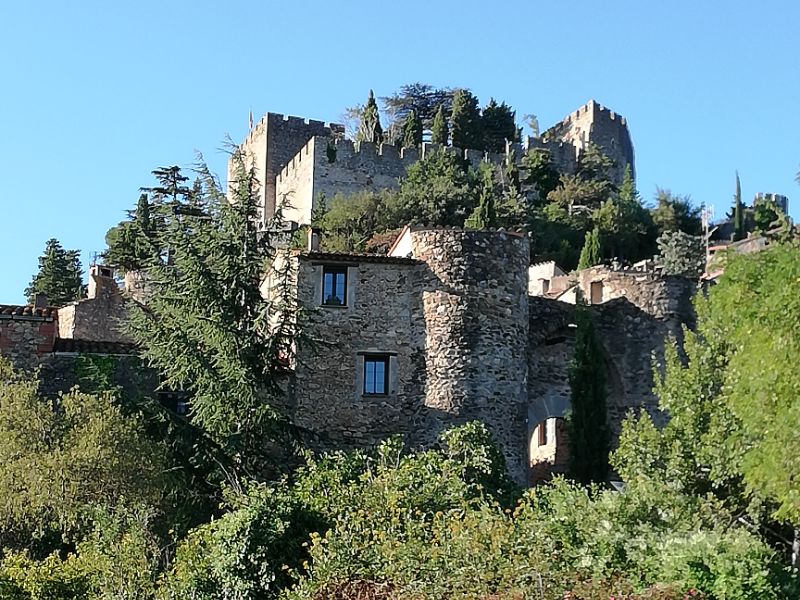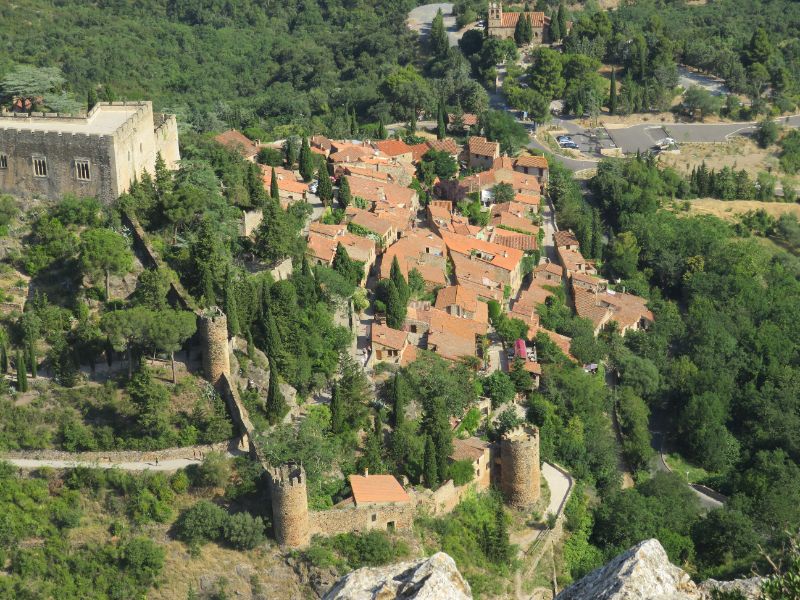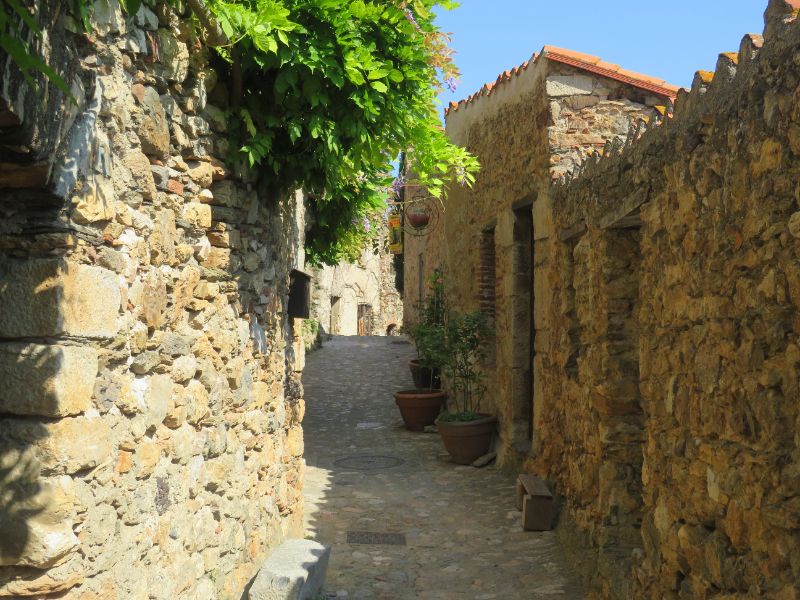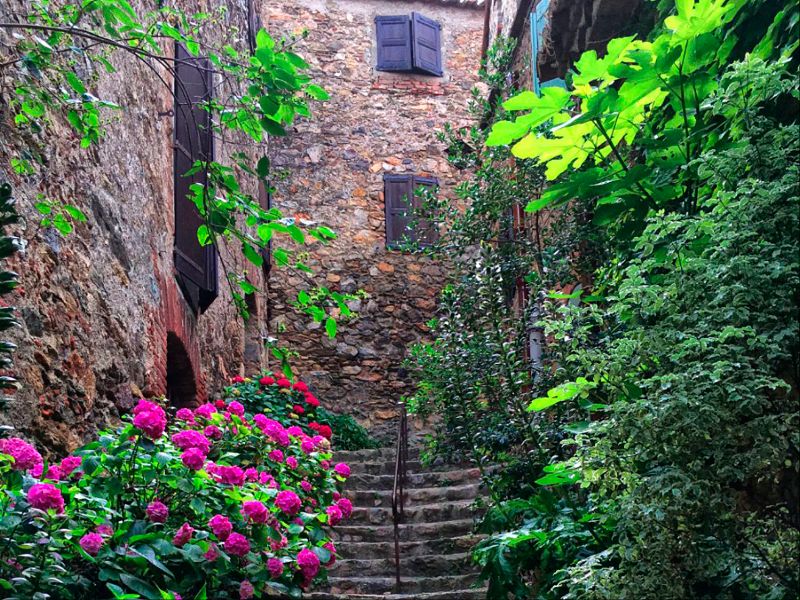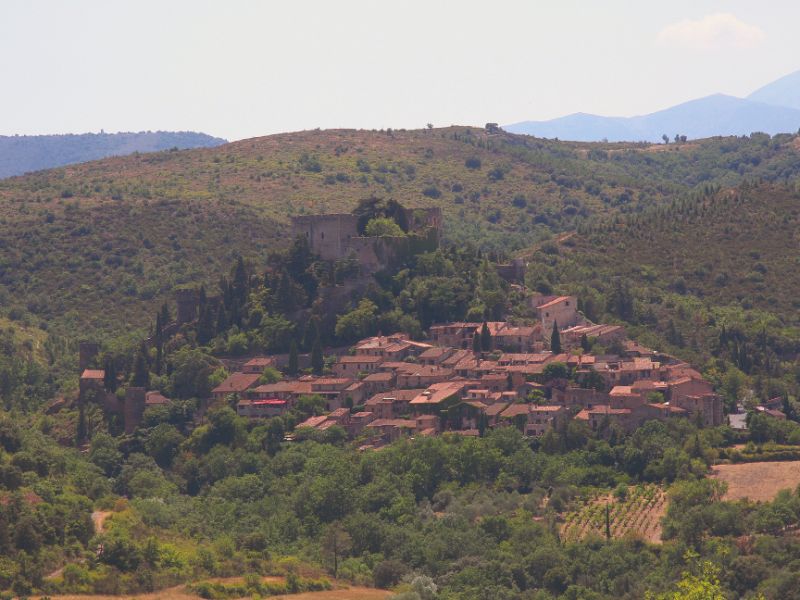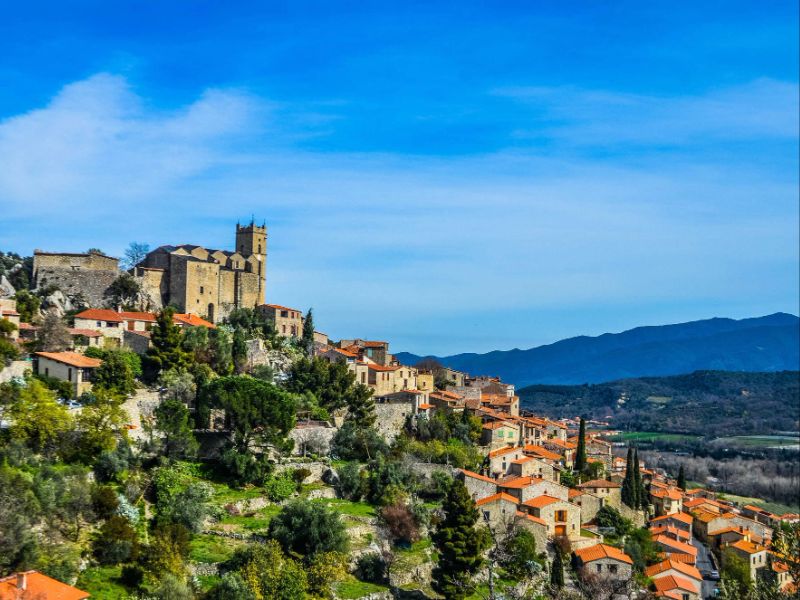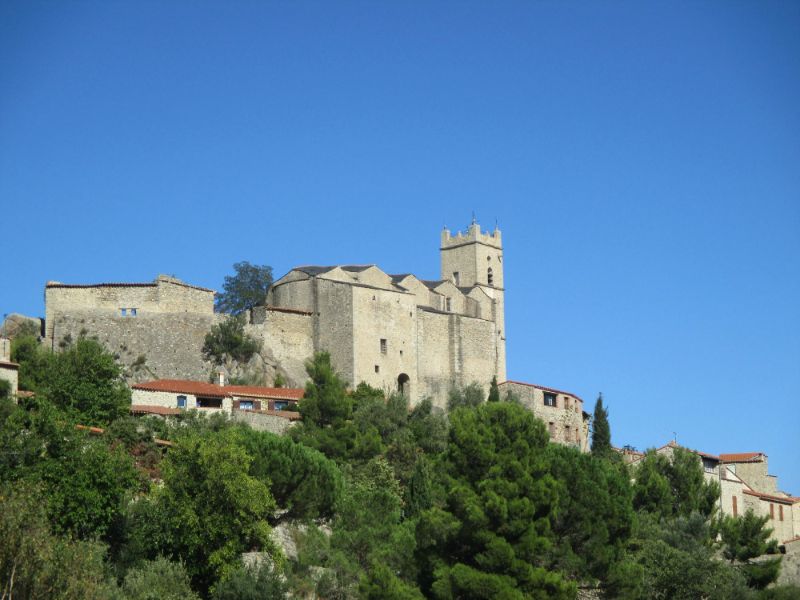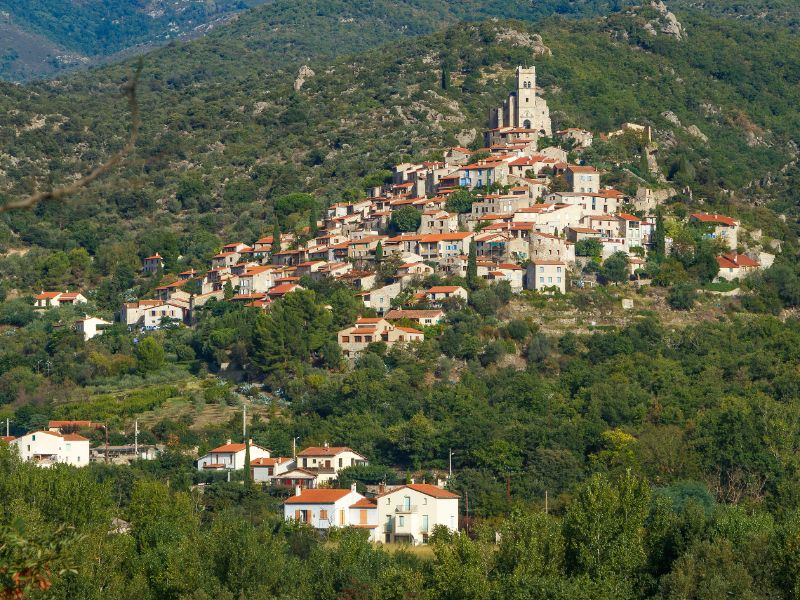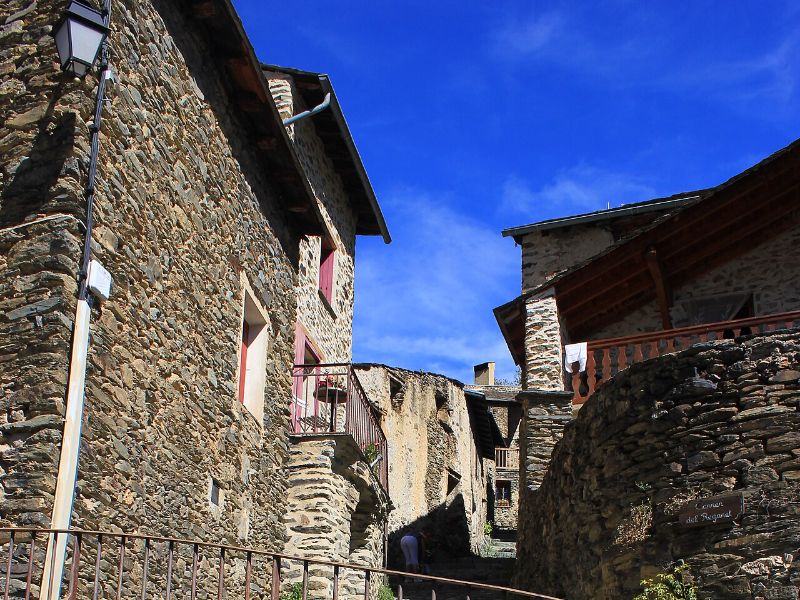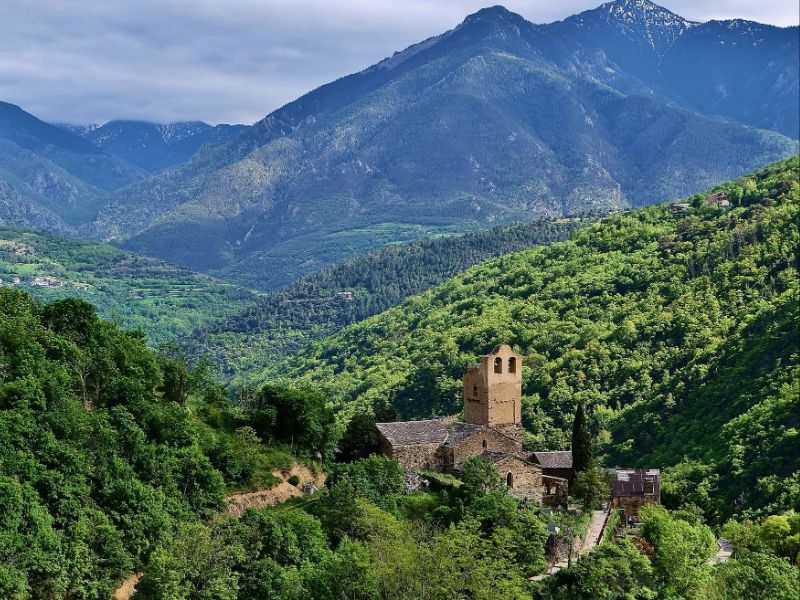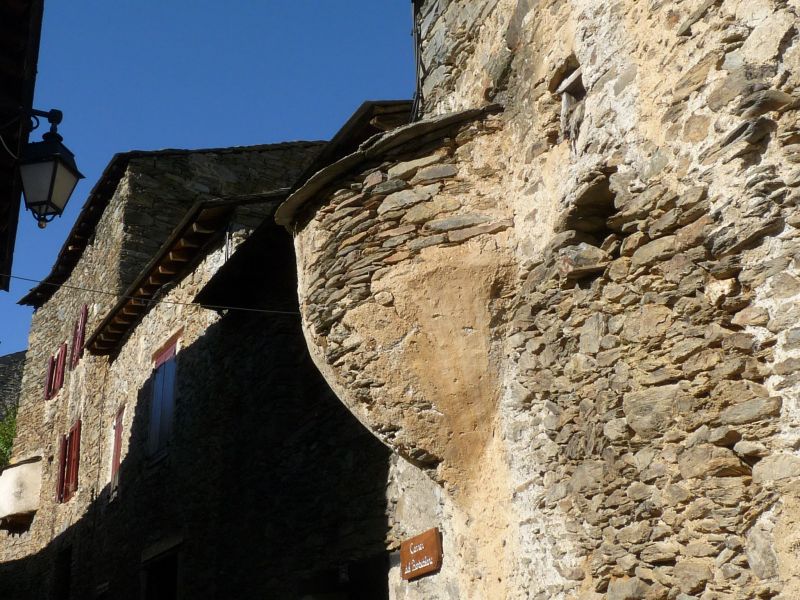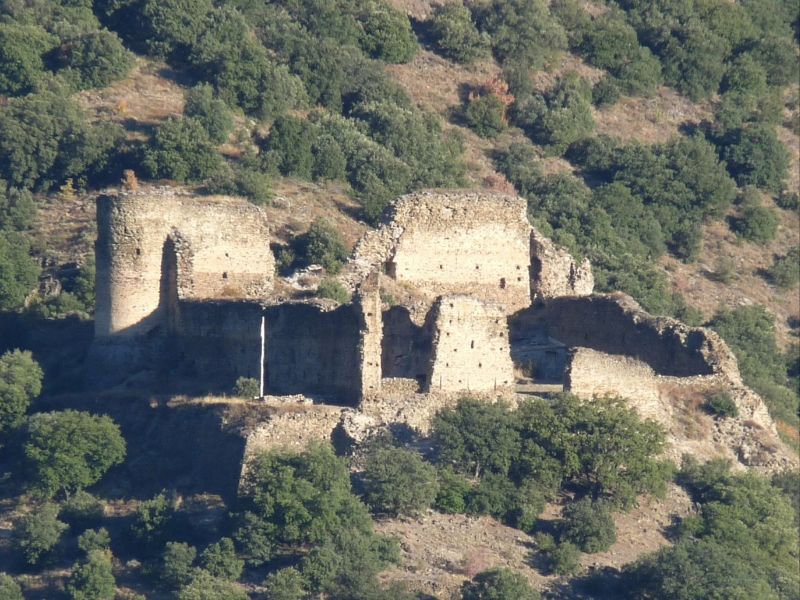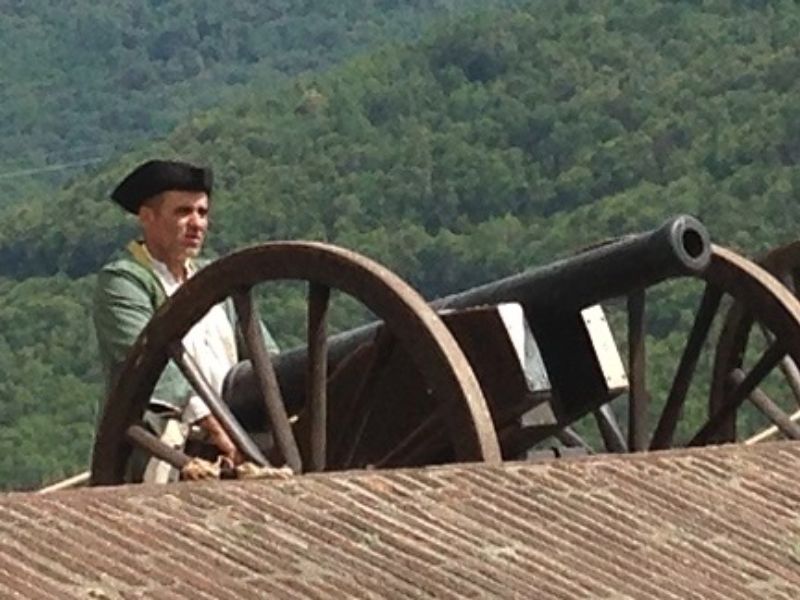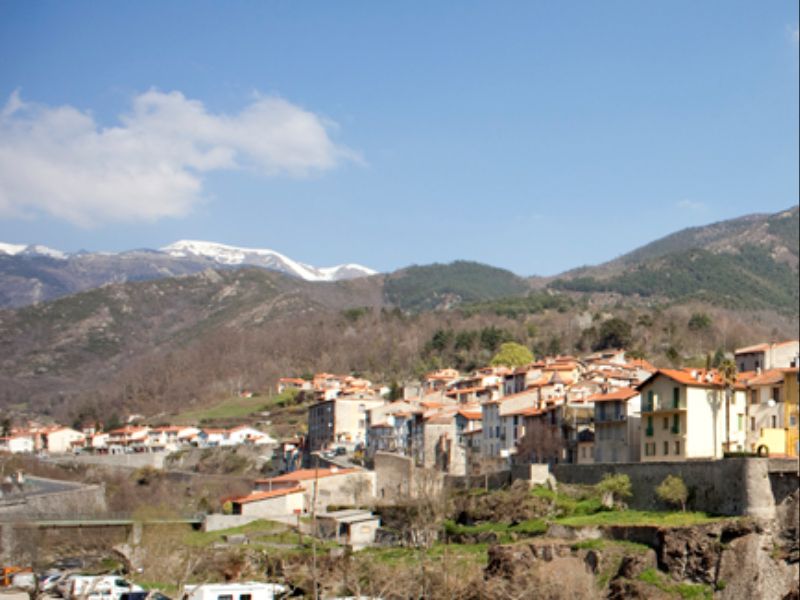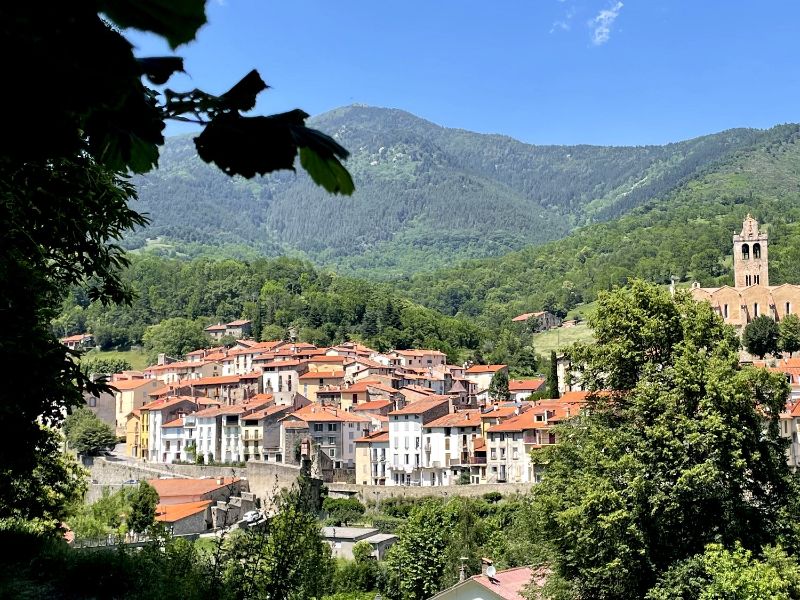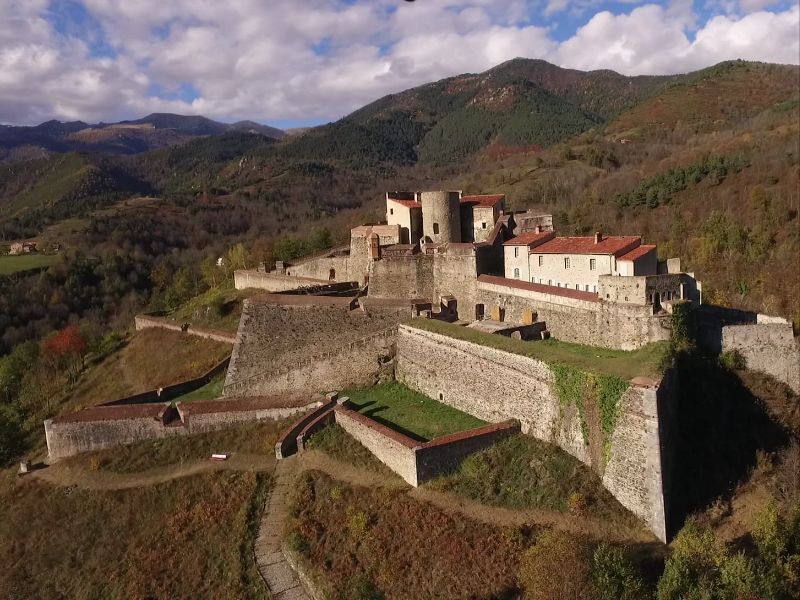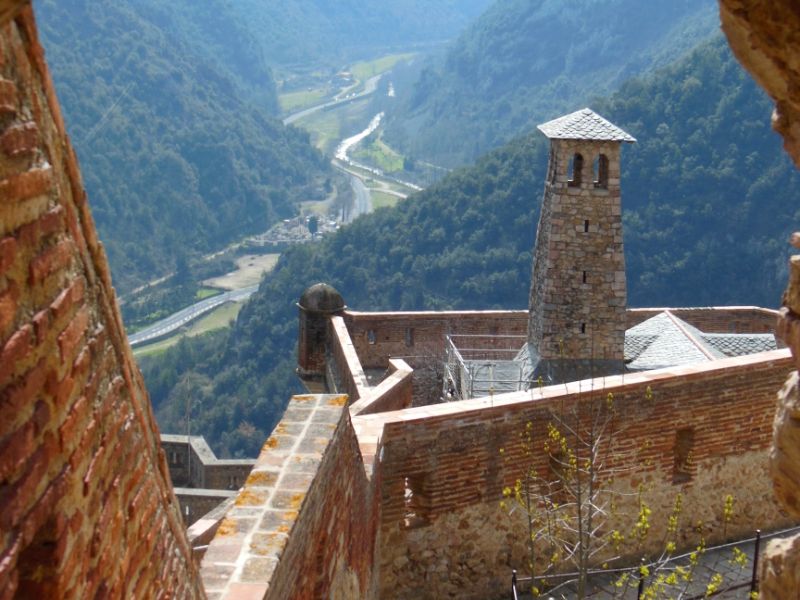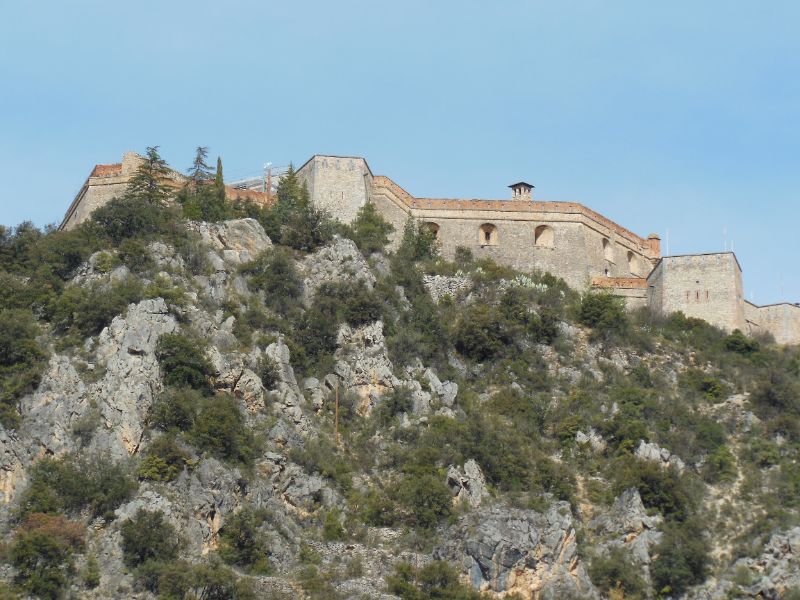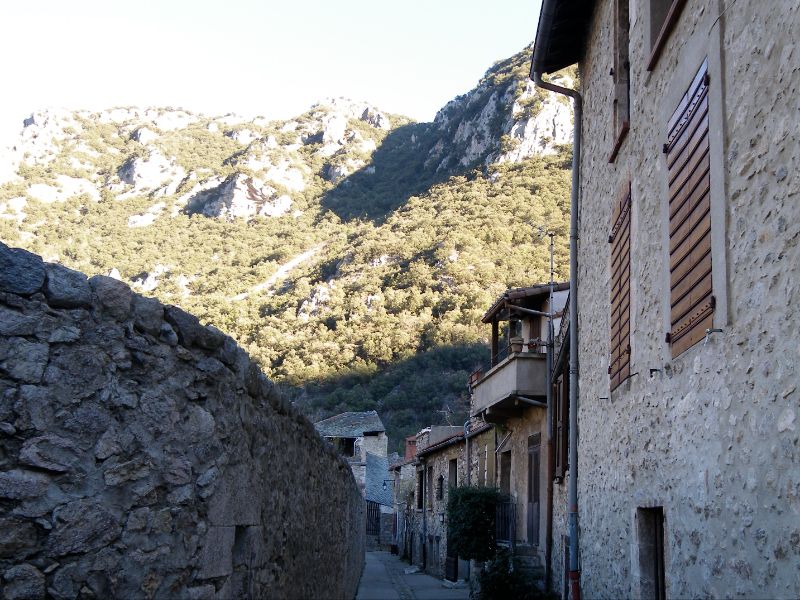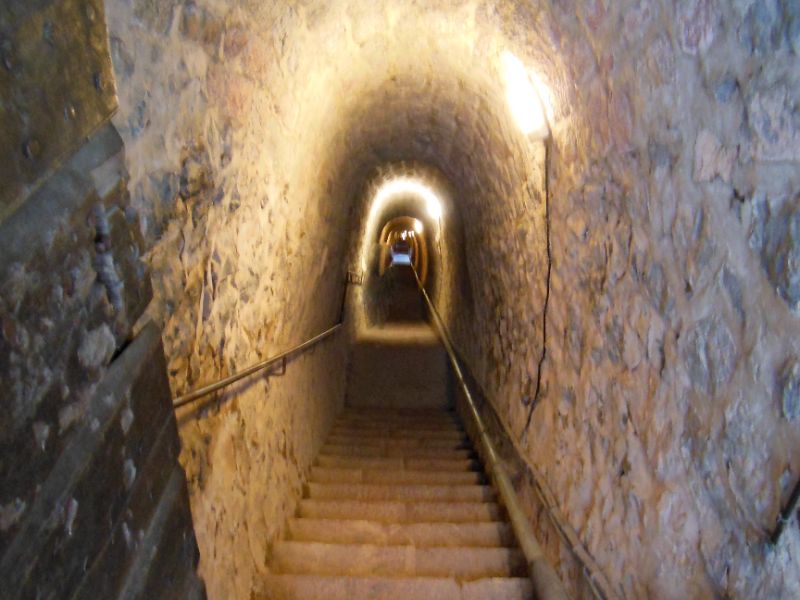Les Plus Beaux Villages des P-O
There are so many beautiful villages to visit in the P-O that it would be difficult to shortlist….but ‘Les Plus Beaux Villages’ de France has done just that.
How are they chosen?
- less than 2,000 inhabitants
- at least two heritage sites (churches, monuments, castles…)
- offer accommodation and leisure activities
Beauty is very much in the eye of the beholder, and we believe there are many many more beautiful villages to behold in the P-O but here is a very brief glimpse of the listed ‘beaux villages‘ of the P-O.
Castelnou
Tumbling down a hillside topped by a castle, the ancient village of Castelnou is a delightful maze of pretty cobbled streets and alleys, crammed with workshops and galleries. Wood-turners, potters and painters create their wares in intriguing spaces, sometimes cut into the rock of the hillside.
The chateau, originally built way back in 990AD, was home to the powerful counts and countesses of Vallespir and has seen sieges, crusades and wars, infighting and drama.
Home to British agent Elizabeth, code name Cynthia, during WW2, it even has its own ghost!
Find out more here.
Eus
(pronounced ay-oos)
This once-fortified pyramid shaped, pedestrian only village, built into terraces on a granite hill, played its part in defending the Franco-Spanish borders – on both sides!
There is still a subtle Spanish flavour to the narrow, be-flowered, cobbled streets, joined by ancient vaulted passageways. At the top, the imposing 18th century church of St Vincent, perches on a rocky peak, built partly, it is said, by women labourers who moved the huge granite blocks from which it was constructed, and suffered 21 miscarriages and 7 deaths as a result.
In the lower village, visit the 13th century Romanesque chapel, its porch crafted in pink marble from Villefranche de Conflent, or take a number of easy walks through olive groves and cork oak forests.
Find out more here.
Evol
In the mairie, the small ‘Musée des Arts et Traditions Populaires’ displays ancient tools and rural history.
According to legend, the village and surrounding mountains were home to fairies and witches, requiring a trip to the nearby Conjurador where the village priest would exorcise evil spirits before villagers could take their flocks to summer pasture.
Find out more here.
Prats de Mollo
With Canigou at its back and the River Tech in front, the views all around this fortified medieval town are stunning. The walls of the town, built on 14th century foundations, are pierced by four arched gateways: La France, L’Espagne de a Cavalerie, la Fabrique and le Verger.
Enter any of them and follow the narrow cobbled streets of the old town to the beautiful 13th century church. The curls and swirls of the local iron on the door never rust, the lock is a serpent and, next to it, planted in the wall is a 2 metre whale bone.
In 1659, following the Treaty of the Pyrenees, Prats became a border town, and Fort Lagarde was built for protection. Later, a tunnel was built to link the village to the fort, its original aim to protect the much hated soldiers sent to enforce the French king’s tax collectors. Today, it is a long, cool climb on a warm day.
Wander around the fort, take a guided tour, check out the local tourist office for dates of summer afternoons when the salt tax rebellion is re-enacted with much costume, cavalry, fencing and jousting.
Find out more here.
Villefranche de Conflent
This perfectly preserved fortified medieval town was built at the end of the 11th century by Count Guillaume Raymond de Cerdagne to protect the valleys from invasion, and later reinforced by Vauban in the 17th century.
Enter the town by one of two ancient gates, the Porte d’Espagne or the Porte de France. With just two main pedestrian-only streets, take Rue St Jacques to visit the 17th century
Romanesque church of Saint-Jacques, with its 12th-century carved pink marble entrance, or choose Rue Saint Jean for the many art galleries, souvenir shops and local craft shops, many with fascinating shop signs, forged from local iron.
Find out more here.

